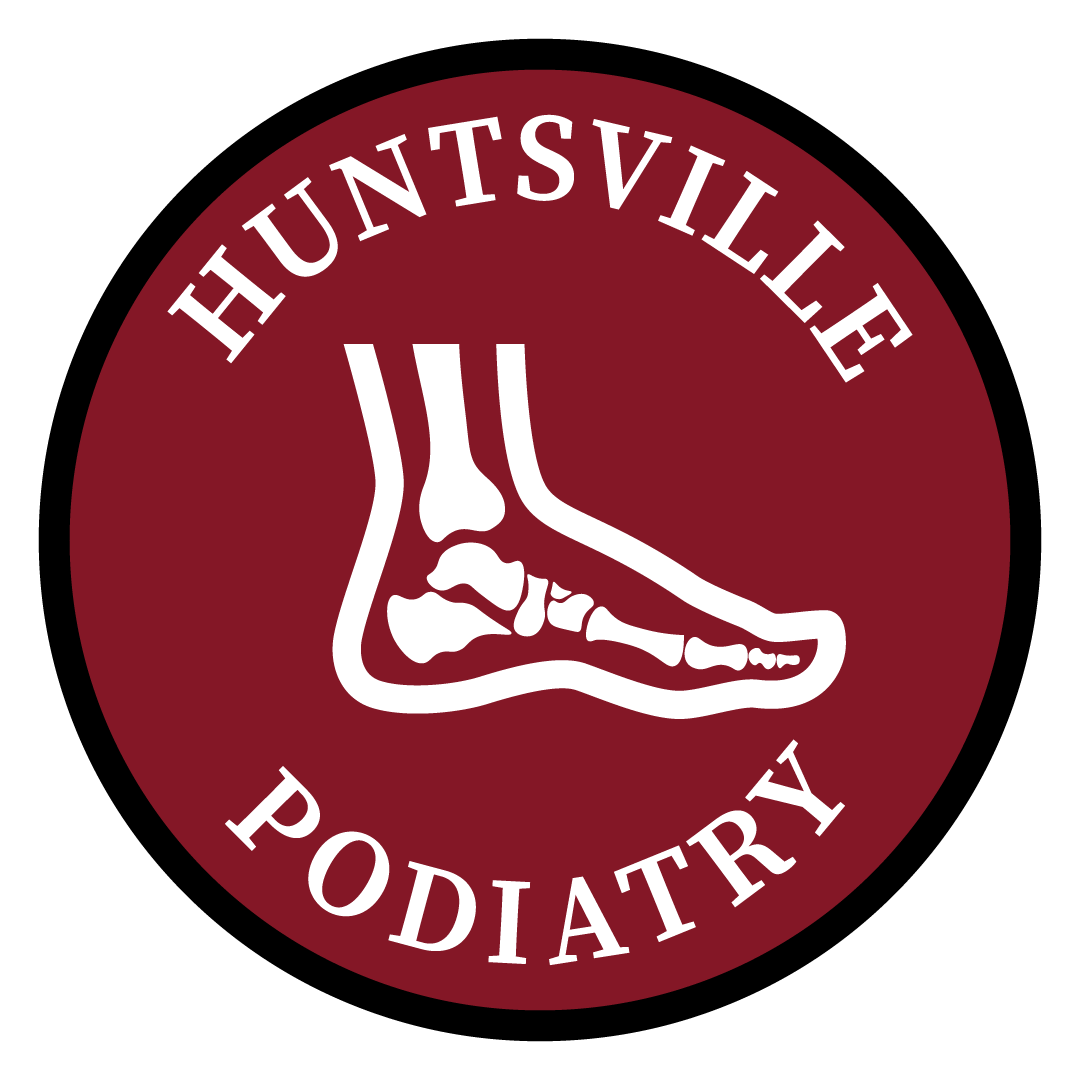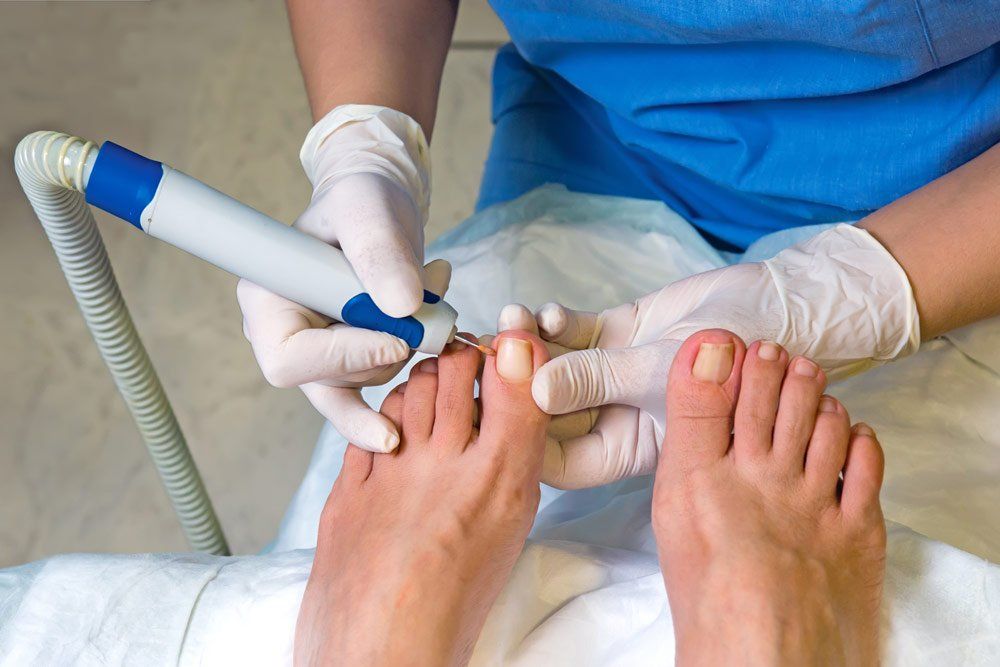4 Major Causes of Heel Pain
Heel pain is a common foot problem. According to NHS, at least one out of ten people experience heel pain, particularly among people aged between 40 and 60 years.
Heel pain occurs for several reasons. Not knowing the specific cause of the pain can be stressful, especially if it prevents you from carrying out your daily tasks.
With that in mind, let's look at some major causes of heel pain.
1. Plantar Fasciitis
Plantar fasciitis is one of the major causes of heel pain. This problem normally occurs when the fascia — the tissue that connects your heel bone to the toes — gets inflamed.
As a result, you'll experience sharp or throbbing pain at the bottom of your heel when you put too much weight on it after resting for some time. For instance, you'll experience this pain in the morning when getting out of bed or when you stand after sitting for a long period.
If left untreated, plantar fasciitis may lead to a heel spur. Heel spur is a condition in which a protrusion occurs at the point where the plantar fascia and the heel bone connect. In extreme cases, the plantar fascia may rupture, making your whole foot swell.
To prevent this problem, perform foot strengthening exercises. You can also wear custom orthodontics to help relieve pressure on the injured area.
2. Achilles Tendonitis
Achilles tendonitis normally occurs when the tissue connecting your heel bone to your calf muscles becomes inflamed. The inflammation causes pain and swelling at the back of your heel.
This problem normally occurs if you run for long hours or suddenly increase your running speed. Middle-aged people who play tennis or basketball only once in a while are likely to experience Achilles tendonitis.
You can deal with this issue with simple at-home treatments under your doctor's supervision. Nevertheless, you need to practice self-care to prevent the pain from reoccurring. Surgical repair may be the best treatment option if your case is serious.
3. Bursitis
Bursae are fluid-filled sacs surrounding joints. These sacs cushion your muscles, tendons, bones, and muscles. Bursae are majorly located in the hip, shoulder, elbow, and knee joints. Your heels may also contain bursae.
Occasionally, the bursae in your heel may get inflamed, causing pain, and you may feel it at the back of your heel or deep inside the heel. This condition is commonly known as bursitis. Bursitis normally occurs due to pressure from your footwear or a sudden and uneven landing on your feet.
Treating bursitis is quite easy. All you need to do is shield the injured area with customized orthotics and rest your foot. The pain will disappear after a few weeks. However, you may occasionally experience flare-ups.
4. Sever's Disease
Sever's disease is a condition that occurs when the heel bone grows faster than your leg's ligament. As a result, the tendons and muscles stretch excessively and become too tight. If you exert extra pressure on the heels, they will become inflamed, causing pain.
This condition is common among children between 7 and 15 years of age, particularly those who participate in sports activities requiring jumping and running.
You can treat Sever's disease by placing ice on the affected area. Another way to reduce the pain is by performing calf stretches. However, you should be careful when performing the calf stretches to avoid exerting extra pressure on the affected area, which will lead to more pain. Also, take some time off the field to allow the pain to reduce and hasten the healing process.
Heel pain can affect your daily life. Therefore, once you experience this issue, visit medical personnel. These experts have the right knowledge and experience to help you identify the exact cause of your pain and give you proper medication. If you are looking for a professional to help you deal with heel pain, contact Huntsville Podiatry.








